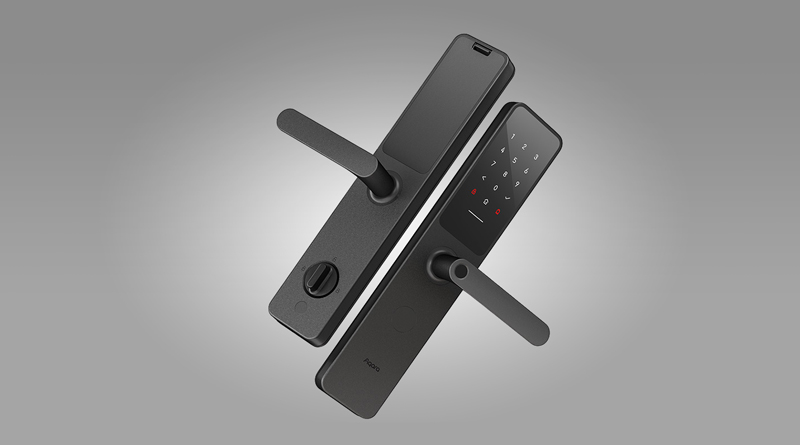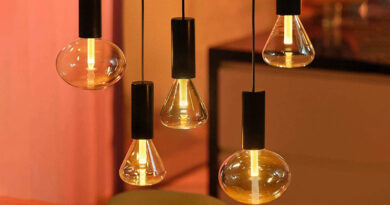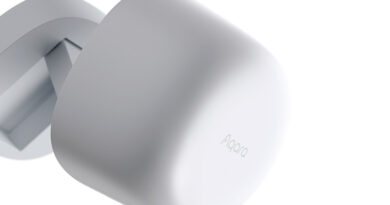Amazon Inches Closer to Matter With Latest Updates
So far, the strides towards making Matter the unifying standard that has been touted by all involved has been less than stellar, with only Apple really making the most meaningful headway since the start. Of those that could be accused of dragging their feet, or alternatively treading with caution, is Amazon, who, like Google Home, have only allowed Matter devices to be added to their platform via Android, not iOS.
That all changed today with an update that now allows Matter devices to be added via the Alexa app on iPhone or iPad. Google is currently still the holdout in this regard, but they should follow suit soon enough.
In addition to this small but important step is the official activation of Thread Border Router functionality on the Amazon Echo 4th gen speaker, which according to some reports had already begun to exhibit this functionality at least a month ago. Whether other devices will reveal hitherto hidden Thread Border Routers is not clear at this point. The other thing not entirely clear is whether Matter hubs are now supported, like the Aqara M2, which finally came out of Beta a few days ago, although it does state in other articles that Matter devices using WiFi, Thread, and Ethernet would now be supported in Alexa, albeit limited to lighting, plugs, switches, and sensors at this time.
One interesting, probably unrelated change from all this, is that for Alexa users who also have an Aqara A100 Zigbee Smart lock (video HERE, review HERE), they were previously unable to expose this device to Alexa, with only Google and HomeKit supporting the A100. Now the lock is exposed to Alexa, allowing both locking and unlocking via the Alexa app and voice control (with Alexa). I’ll have to update this article later to see if it can also be used in routines, however.
With Apple HomeKit, Samsung SmartThing, and now Amazon Alexa all working with Matter across iOS and Android, it just remains for Google to issue its update for full Matter support on iOS.






What is the difference between “Homekit router” with “Matter router”? Do you have any article/source about it?
Hi, first of all it’s better to clarify the term Router. In this article a Thread Border Router is mentioned. This is strictly for allowing Thread enabled devices to connect to your smart home via your WiFi network. Thread is a wireless communication protocol, like Bluetooth, Zigbee, and WiFi. In HomeKit, in order for your devices to work in automations, and allow you to access your devices when you’re not at home, you need a Home Hub. This can be an Apple TV, HomePod, or HomePod mini. Some of these devices also have the ability to act as Thread Border Routers for Thread devices. If your Home Hub is not also a Thread Border Router, any Thread devices you might have will only communicate via Bluetooth which will also allow them to connect to your smart home, once again via these Home hubs, as they also allow Bluetooth devices to connect to them. It’s just that Bluetooth is slower and less responsive than Thread. These Home hubs are essentially organisers for your smart home, and allow devices in HomeKit from different manufacturers to talk to each other.
As for Matter, there is no Matter Router, only Matter controllers. Matter controllers are much the same as Home Hubs, so they organise your smart home accessories in much the same way, just with a new language. Think of Amazon Alexa, Google Home, Samsung SmartThings and HomeKit as different languages. Matter is the common language they will now be able to speak, and because they all speak one ‘language’ it means any Matter device can work with any ecosystem, as long as there’s a Matter controller. All existing Home Hubs are also Matter Controllers, so they can talk in the HomeKit language to existing devices that use HomeKit, but they can also talk ‘Matter’ for newer devices that are Matter certified. I hope that makes some sense, but just think of Home Hubs and Matter Controllers as organisers of your smart home devices, whether those devices speak ‘HomeKit’ or ‘Matter’.